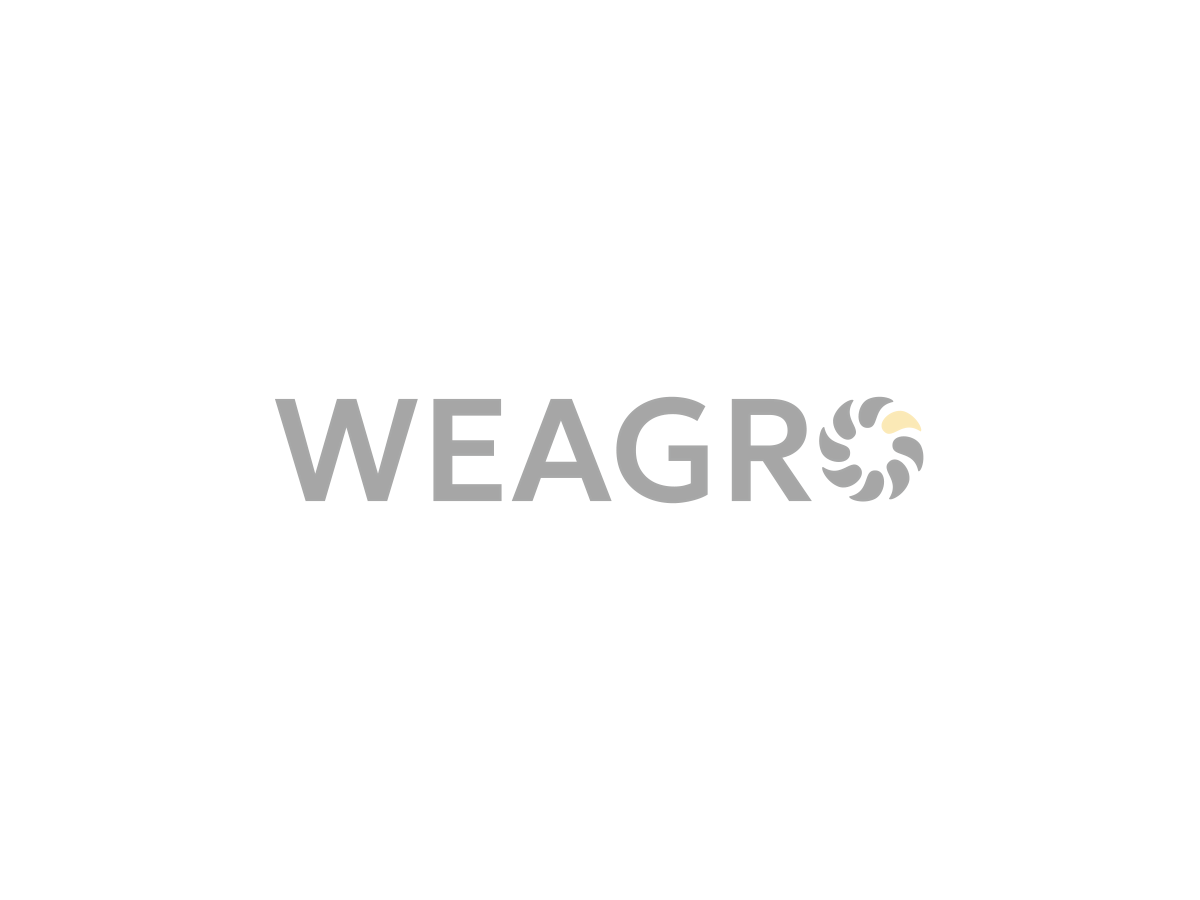Open Banking is a concept that involves the free exchange of financial information between banks, fintech companies, and other providers through APIs (Application Programming Interfaces). This innovative trend is actively transforming the global industry, affecting consumers, financial institutions, and fintech companies. Ukraine is also moving toward implementing such banking: in August 2023, the NBU approved the Concept, which defines the development vector, roadmap, and key requirements for its implementation in our country.
What is Open Banking

Open Banking is a system that allows banks to provide access to consumer financial data to third parties (fintech companies, other providers) through APIs. This enables the creation of new products and useful services. It works as follows:
- the user agrees to provide their data to a third party through their servicing bank;
- the third party (usually a fintech company) gains access to this data;
- based on the received information, convenient services for managing finances, savings, investments, etc., are developed.
Such banking involves strict security standards for exchanging data between companies and third parties, so users’ personal data remains protected.
The main components of Open Banking are:
- APIs (Application Programming Interfaces) — a set of protocols and tools for creating applications that enable different systems to interact;
- Strong Customer Authentication (SCA) — a procedure that allows a provider to verify a user’s identity or validate the use of a payment instrument, including the involvement of the consumer’s personalized security credentials;
- Payment Initiation Services (PIS) — a service that allows initiating a payment order at the user’s request regarding an account opened with another provider;
- Account Information Services (AIS) — an online service for working with one or more payment accounts of a user opened with different providers.
The history of the concept begins in the 1980s when the German Federal Post Office (Deutsche Bundespost) conducted an experiment launching a pilot online banking scheme. In 2007, the European Commission adopted the Payment Services Directive (PSD1), which aimed to strengthen competition and attract more participants to the industry. In 2018, the second version of this directive (PSD2) came into force, which obligated banks to provide access to customer data through APIs, becoming a key driver for Open Banking development in Europe.
Read also: Transformation of Financial Technologies Through Embedded Financial Solutions
Advantages of Open Banking
The implementation of Open Banking has several advantages for all participants in the economic market:
- increased competition in the banking sector — encourages institutions to improve their services and reduce commission rates for customers;
- convenience for users — a single interface for managing finances that integrates information from different banks and fintech services in one application;
- development of new services and products — personalized recommendations, debt management, investment portfolio, etc.;
- enhanced security — implementation of strengthened standards for protecting personal data and customer transactions.
For banks, Open Banking opens new opportunities:
- expanding the customer base — institutions can collaborate with fintech companies and other providers to offer customers new services and attract even more users;
- data monetization — banks can sell aggregated anonymized information to third parties to create platforms and services;
- development of new business models — banks can become BaaS (Banking as a Service) providers, offering their infrastructure and licenses to fintech companies for product support.
For fintech companies and other service providers, Open Banking also creates new opportunities:
- access to customer banking data, which allows implementing personalized, innovative products/services;
- ability to initiate payments directly from the user’s bank account, which simplifies the payment process and reduces commissions;
- partnership with financial institutions to create new products and services based on open APIs.
Open Banking provides users with the following advantages:
- access to innovative products that help manage personal finances more effectively;
- ability to receive personalized offers/recommendations based on economic data analysis;
- simplified payment process for goods or services through payment initialization directly from the bank account;
- enhanced security and control over personal data through managing third-party access to this information.
The implementation of the concept creates new opportunities for innovative platforms, such as the online service WEAGRO. Thanks to access to banking APIs, it provides instant assessment of farmers’ creditworthiness, allowing suppliers of goods or services to increase sales volumes without additional risks. Moreover, expanded access to economic data enables the development of new, more flexible financial products for suppliers, including dynamic pricing or loyalty programs based on clients’ real financial indicators.
Risks of Open Banking
Despite obvious advantages, Open Banking has some risks that need to be considered during its further implementation:
- compromise of personal financial data in case of non-compliance with strict security protocols;
- increased probability of cybercriminal attacks and fraud due to increased access to information;
- implementation complexities of Open Banking depending on different regulatory requirements.
To minimize these risks, it is necessary to:
- ensure a high level of security and data protection during information transmission through APIs;
- develop clear rules and standards for ecosystem participants to ensure transparency and trust between all parties;
- implement reliable user authentication and authorization systems to prevent unauthorized access;
- increase financial literacy of the population and inform customers about the advantages/risks of Open Banking.
Regulation plays an important role in risk minimization. Specifically, the Second Payment Services Directive (PSD2) operates in the European Union, which establishes clear rules for providers and enhances the security of electronic transactions. In Ukraine, open banking regulation will be carried out in accordance with the Law of Ukraine “On Payment Services,” which was adopted in 2021 and takes into account the main provisions of PSD2.
Examples of Open Banking Applications
There are already successful examples of open banking concept implementation worldwide:
- Raiffeisen Digital Bank. Uses credit scoring algorithms for accurate assessment of borrowers’ solvency and risk management.
- Tink. Helps lenders and other companies collect, analyze, and use customer data.
- Smartney. Simplified the ID verification process through Open Banking to 11 seconds.
- Revolut. Implements Open Banking to provide payment services, including loans.
- Simpl.rent. Introduced open banking practices for verifying potential property tenants.
- Przelewy24. Provides instant bank transfers for Polish clients through their online banking personal accounts.
Among other examples of open banking applications, the following can be highlighted:
- aggregation of financial data from various sources (bank accounts, investment portfolios, insurance policies, etc.) in a single interface for convenient personal money management;
- personalized recommendations for products/services based on transaction analysis and user behavior;
- automation of accounting and management for small/medium businesses through integration with banking APIs;
- simplification of the lending process through the ability to provide access to data for potential borrowers to assess creditworthiness;
- development of new services such as “buy now, pay later,” which allow users to pay for purchases in installments from their bank account.
These examples demonstrate how the concept can transform the financial industry and create new opportunities among all ecosystem participants.
Read also: What Is Installment Payment: Difference Between Credit and Installment
Future and Present of Open Banking in Ukraine
Ukraine is also actively moving toward Open Banking implementation. In August 2023, the National Bank of Ukraine approved the Open Banking Concept, which defines development directions, roadmap, and key requirements for its implementation.

According to NBU plans, the concept should be fully operational in Ukraine by August 2025. By this time, it is necessary to:
- develop and approve regulatory acts necessary for Open Banking implementation;
- create the first version of technical specifications (4th quarter 2023);
- conduct a pilot project in a production environment with a limited circle of participants (3rd quarter 2025).
The Ukrainian Open Banking concept may differ from the European one, as it provides for the introduction of a central technological operator of payment services (the so-called HUB). The HUB will perform various operational, informational, and technological functions related to service provision and will significantly simplify the connection of banks, providers, and other participants to the data exchange system.
Among the challenges facing Open Banking implementation in Ukraine, the following can be highlighted:
- the need to develop and coordinate technical standards and specifications to ensure secure and efficient data exchange between ecosystem participants;
- the need to modernize IT infrastructure of banks and other providers to support API operations and ensure the necessary level of security;
- ensuring compliance with regulatory requirements and consumer rights protection during the implementation of new services and products;
- the need to increase financial literacy and public awareness regarding advantages and risks;
- the need to develop partnerships between banks, fintech companies, and other ecosystem participants to create innovative products and services.
Despite these challenges, Open Banking implementation in Ukraine has significant potential for industry development and improving the quality of financial services for consumers. According to expert estimates, open banking could bring the Ukrainian economy up to $1 billion annually through the creation of new products/services, increased market competition, and attracting investments to the fintech industry.
The implementation of open banking in Ukraine will also have a positive impact on small and medium business development. Thanks to access to innovative financial services and the ability to manage money through a single interface, entrepreneurs will be able to interact more effectively with their funds, obtain loans on favorable terms, and use advanced business management tools.
Additionally, Open Banking will promote financial inclusion development in Ukraine. Thanks to the ability to receive services through mobile applications or online services, more people will be able to join the system and benefit from modern technologies.
Conclusion
Open banking is the next logical step in financial sector development not only in Ukraine but worldwide. It provides customers with more opportunities, access to innovative solutions, allows more effective financial management, and enables companies to better understand customers and assess their economic status.
Open Banking implementation creates new opportunities for business, particularly suppliers of goods and services. Thanks to open banking, they will be able to:
- receive payments from clients directly from their bank accounts;
- use new comprehensive services for reporting, attracting investments, accounting, making payments, etc.;
- monetize their infrastructure by moving into the BaaS (Banking as a Service) space and providing basic services to fintech companies and other third parties.
The online service WEAGRO, which enables agricultural producers to purchase goods and services in installments or with deferred payment, and partners to sell their products and services, is also preparing for open banking implementation in Ukraine. This will allow providing customers with even more innovative offers and convenient financial solutions.









